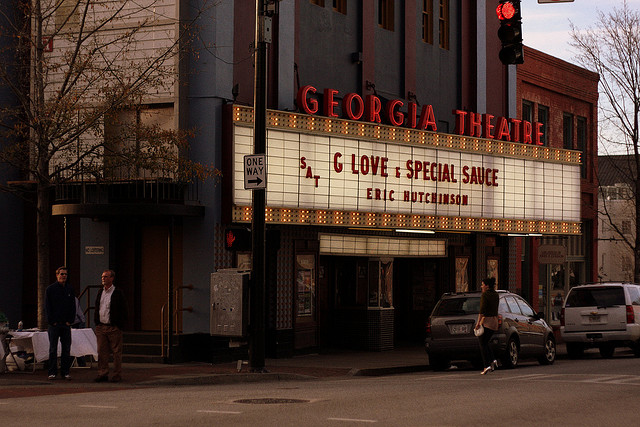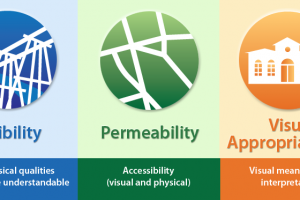SOMEWHAT DISTURBING NEWS out of the Classic City, Athens GA: Atlanta-based real-estate developer Selig Properties has plans for what they’re calling a “fully-integrated, mixed-use community” on the historic Armstrong & Dobbs property between downtown Athens and the North Oconee River.

Great Explanation of How Wal-Mart Kills Walkable Communities
The development plans call for 200 housing units and 167,000 sq ft of retail space, including a 94,000 sq ft anchor tenant, which would likely be a Wal-Mart.
The proposal actually sounds positive in certain ways. The design aims to be LEED-certified. At least half of the anchor tenant’s sq footage would be for groceries, and Athens has never had a large grocery store within walking distance of downtown. It could translate into an estimated 350 permanent jobs, and over a million in yearly property tax revenue for the city.
On the flipside, having a suburban-style development doesn’t really fit the context of downtown Athens at all. Athens is only one of just a handful of cities (Burlington, Austin, Missoula, Madison, Salida, and Asheville, among a few others) that retain their unique character, culture, and local businesses without having the same ubiquitous suburban developments encroach upon or occupy prominent locations downtown.
– from ProtectDowntownAthens
Most of us are laypersons when it comes to land use and city planning, which can make it difficult to have meaningful dialogue about place, and to articulate certain ideas, instincts, (and/or disconnections) about where we live. This is why I really like this site: ProtectDowntownAthens is a group of Athenians concerned about Selig’s proposal. Their overview of the project, along with their Design 101, can, in about 10 minutes, give you a solid vocabulary and set of basic design principles showing not only how the proposal will impact Athens, but how we interact with urban areas in general.
One of the key concepts is “permeability,” or the accessibility of place both visually as well as physically.
In the case of most big box stores / suburban developments, permeability is inward focused, meaning that physical access and visual access is prioritized within the development as opposed to connecting with the existing urban fabric.
In reality there are several things that contribute to ‘Good’ Urban Design, but these three are most applicable to the Armstrong & Dobbs site.
Legibility is defined as how the qualities of the built environment make a place understandable.
Permeability is best defined as accessibility, both in terms of visual accessibility (can you see it?) and physical accessibility (can I get there from here?).
Visual Appropriateness is how we define and interpret what we see.
* From Design 101 – Core Urban Design Principles
While this explanation is very site-specific, the concepts are universal. They might give you a better idea of how your town council and local developers have failed (or possibly done well) to consider long-term community benefits in their decision-making. Check it out.
In the meantime, you can follow the developments of ProtectDowntownAthens here.
